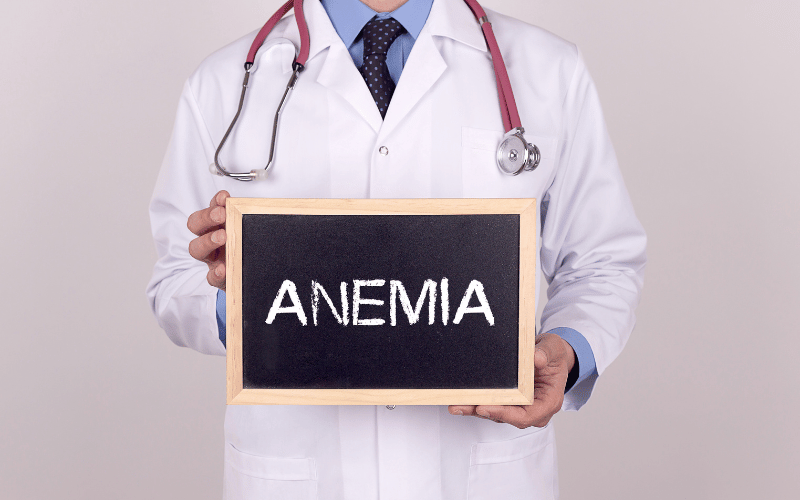7. Anemia: GIST’s Stealthy Energy Thief

The word ‘anemia’ might evoke images of pallor and fatigue, but its connection with GIST offers a deeper narrative. Anemia, in the context of GIST, often arises due to slow, chronic bleeding from the tumor. Over time, this consistent loss of blood can deplete the body’s iron stores, leading to iron-deficiency anemia.
The manifestation of anemia is insidious. It starts as a vague sense of tiredness, often dismissed as routine fatigue. Gradually, as the red blood cell count dwindles, symptoms amplify. Individuals might experience breathlessness, dizziness, or even heart palpitations. The pallor, a hallmark of anemia, becomes noticeable, especially in the conjunctiva of the eyes and the nail beds.
What’s interesting is that the bleeding causing this anemia is often not visible externally. Instead, it gets integrated with the stool, leading to black, tarry feces. Many remain unaware of this hidden blood loss until anemia’s symptoms become pronounced.
The body’s response to this anemia is multifaceted. There’s an increased desire to consume specific foods, particularly those rich in iron. Some might even develop pica, a craving for non-food items like clay or dirt. This peculiar symptom is the body’s desperate attempt to replenish its iron reserves. (7)